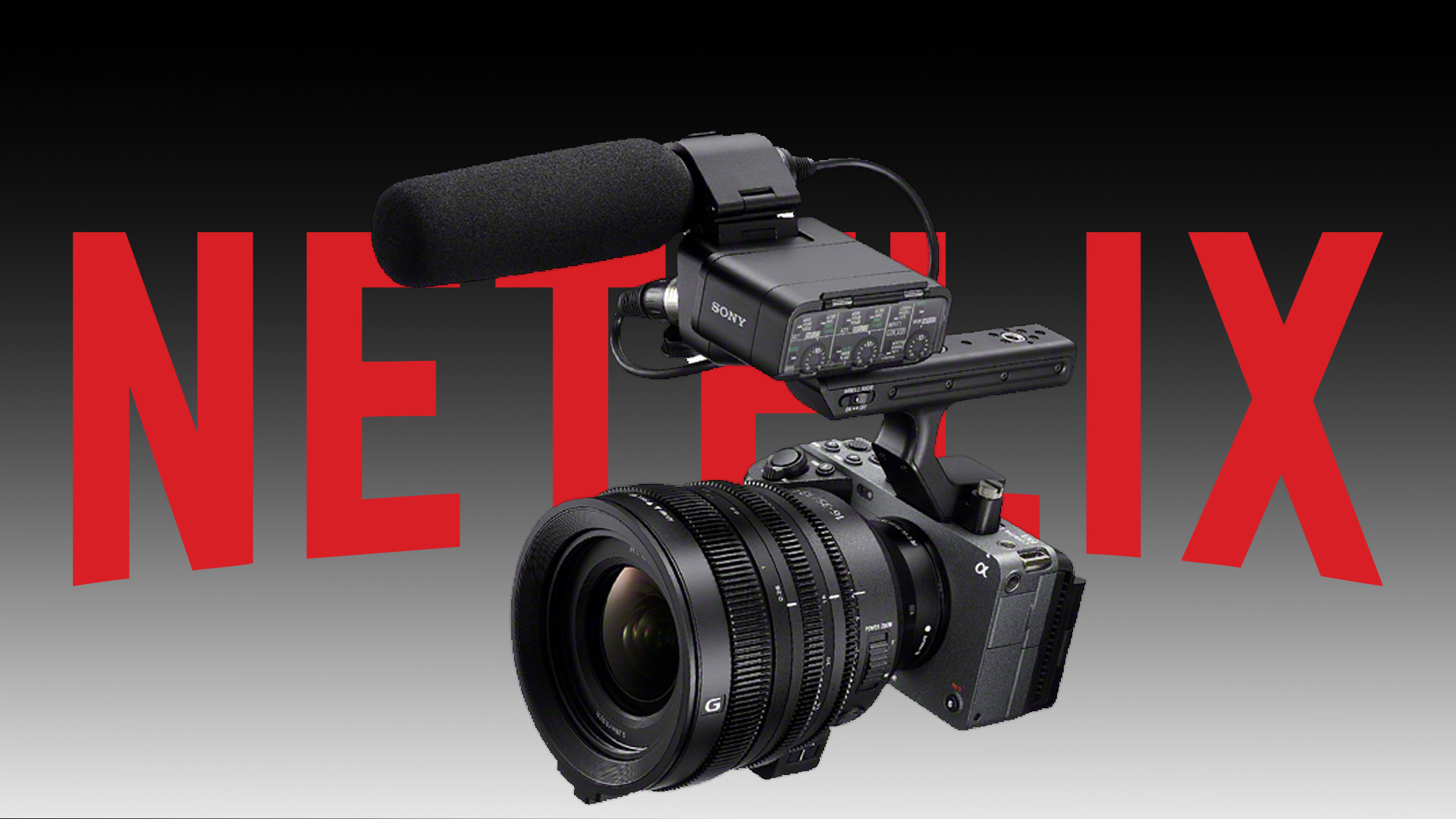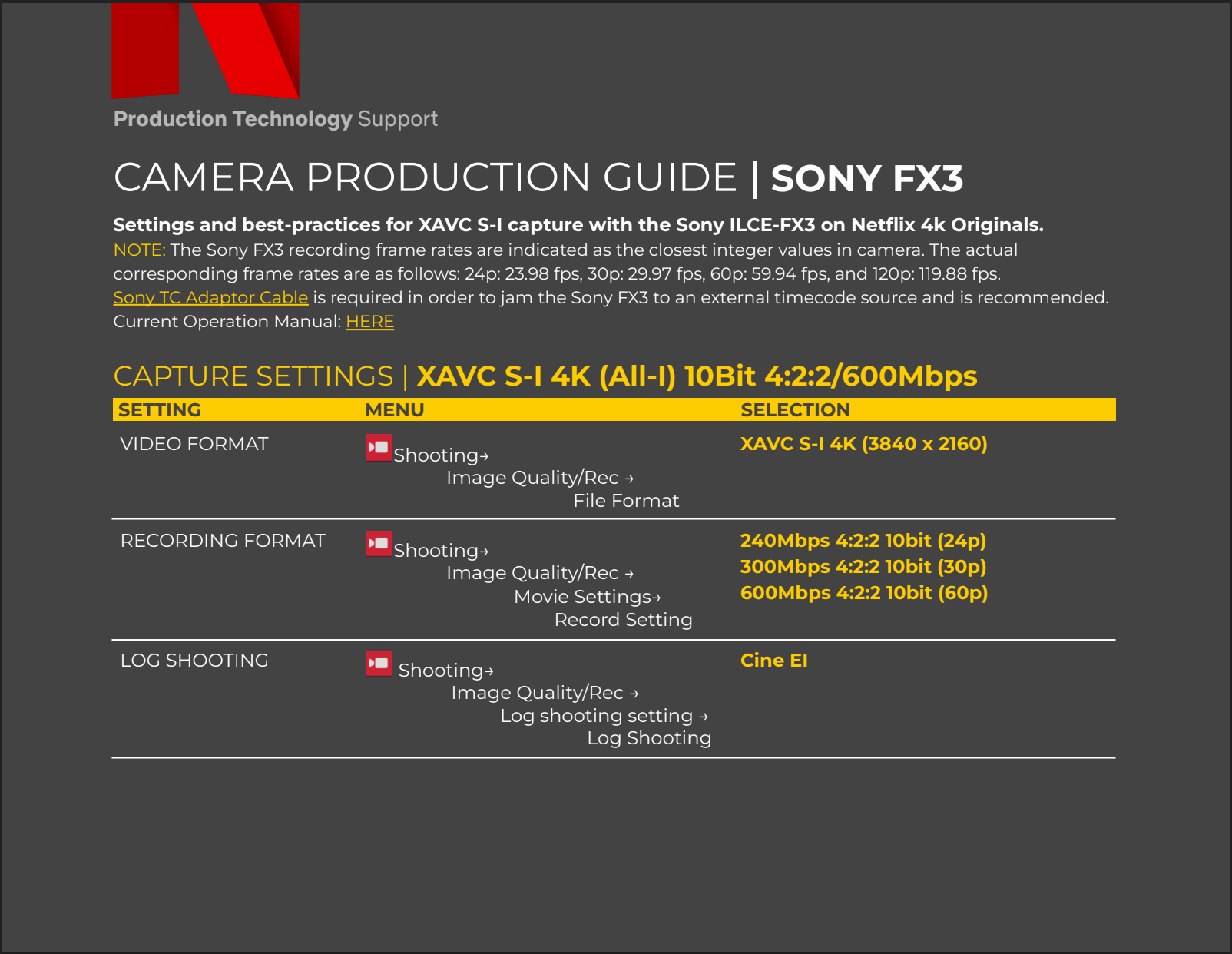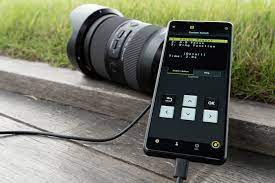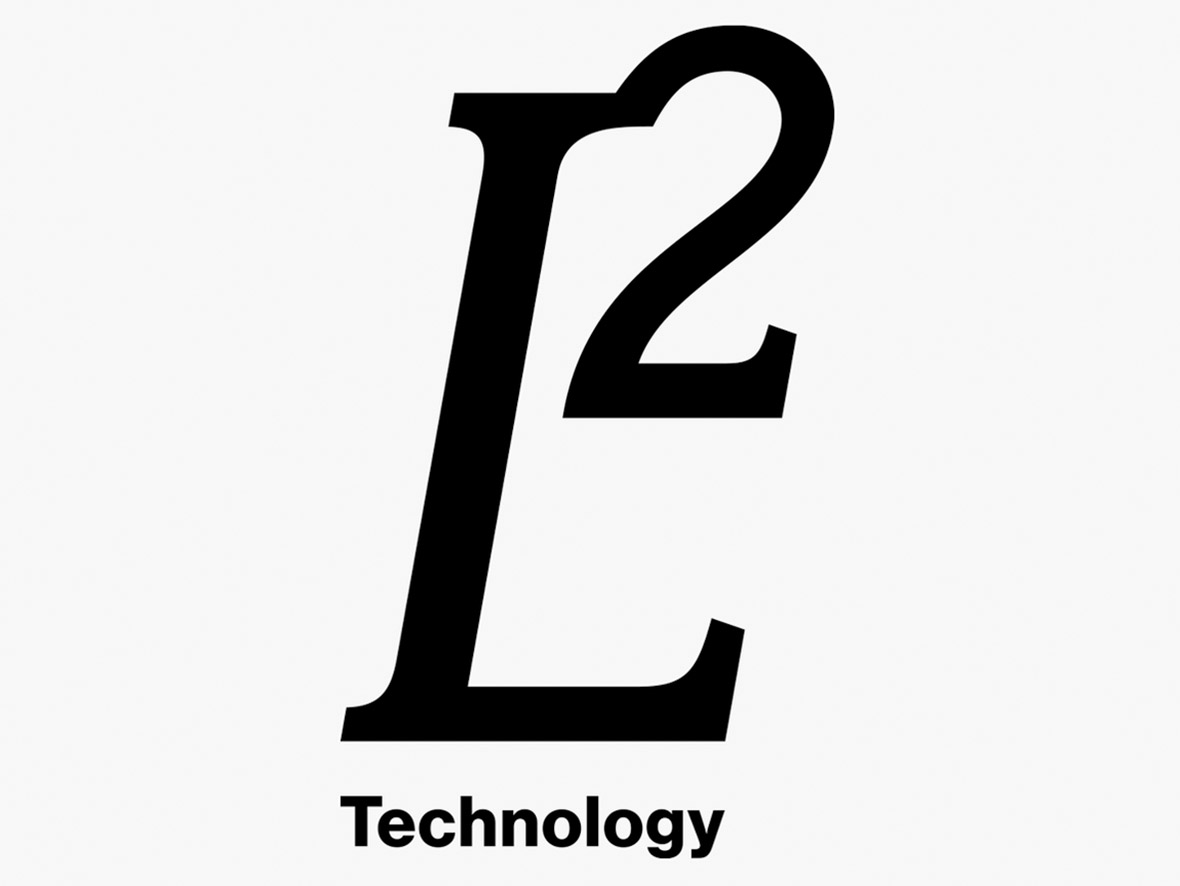The first work week of August came and went with but a few Photo News stories. Sigh. To make up for it, we've compiled all of the noteworthy news tidbits over the last two weeks to deliver the greatest Photo News Friday to date!
 The FX3 with the XLR Handle and 16-35 PZ
The FX3 with the XLR Handle and 16-35 PZ
The Sony FX3 Has Been Approved By NETFLIX
The ever-popular and ultra-compact Sony FX3 Cinema Camera has been officially added to NETFLIX’s list of approved cameras. It joins the likes of the Panasonic S1H as the cheapest, smallest and only Mirrorless NETFLIX-approved models available for purchase today.
What makes an ‘approved camera’ so special over something else? We did a bit of digging and came up with NETFLIX’s requirements for cameras that create content for their platform. They are as follows:
- Resolution: A minimum of 3840 photosite capture width (spherical). ie: Camera must shoot 4K or above.
- Codec: Lightly compressed or Uncompressed RAW / Intraframe Based Codec with 4:2:2 Chroma-subsampling or greater. ie: Camera must internally record RAW video or 4:2:2 All-I.
- Bit Depth: 10 bit or greater.
- Data Rate: 240Mbps at 24fps or higher.
- Transfer Function: Scene-referred Transfer Function; SLog3, VLog, CLog2
- Timecode: Required as metadata. System must be capable of jamming to an external source.
Basically, NETFLIX is looking for an ultra-consistent standard of quality coming off of every set in their myriad of productions. Ensuring that cameras shoot in a RAW or Log format allows for tremendous flexibility in post-production and effectively speeds up workflows on set as many colour and exposure settings can be easily adjusted later.

The FX3 will certainly find its place in the hands of many documentary filmmakers as its small size, tremendous auto-focus and stellar low-light capabilities make it a fantastic option for those run-and-gun shooters that might not have ample time to set up a shot. Along with its attractively low price-point when compared to other models on NETFLIX’s list, the FX3 is certainly a camera to watch for, and one whose footage will very likely be gracing our TVs very shortly.
The Sony FX3 is available for Special Order for $4999. Visit any McBain location or mcbaincamera.com for more details.
Intsa360 Unveils a new Intelligent 4K Webcam mounted on a Gimbal
Insta360’s new Link webcam is unlike anything we’ve seen before. Picture a DJI Osmo Pocket lopped in half and stuck to a cube that acts as a clip for the top of your monitor. Basically, we have a smartphone camera mounted to a 3-axis gimbal, mounted to the top of your computer screen. This design allows for a ton of cool features, such as: subject tracking, where the camera will intelligently pan and zoom around the room to follow your movements; presentation mode, which automatically crops in on any surface denoted by the included markers; and a handy DeskView mode, which tilts the camera down to show your viewers anything on your desk in front of you.

The Insta360 Link seems to be targeting classrooms and businesses alike, and offers many of the features that Apple users will receive in the Fall with the release of iOS 16 and MacOS Ventura’s Continuity Camera (wherein users can attach their iPhone to their computer to use as a webcam). The Link features 4K video, Portrait Mode and ‘Link Controller’ Software to control the camera’s settings and functions. The Insta360 Link is available for order and retails for $399.
Tamron working on Android Lens Utility App for optical tuning on the go

Tamron has announced their work on porting their desktop Lens Utility software to supported Android devices. This will allow for quick, in-the-field changing of settings like focus limiters or A and B modes. The optional Tamron Connection Cable is required to attach the camera to the device, as their lenses do not carry a Wifi antenna (yet). Interestingly, Tamron has made no comment as to the availability of the app for iOS users, neither on iPhone or iPad.
Lens Utility for Mobile is expected to drop on the Google Play Store sometime before the end of 2022.
Canon addresses Camera Market in 2022
Canon has amended their Q2 2022 financial report with their thoughts on the future of the camera market. They say that they will continue producing DSLR models so long as there is still demand for them, though we aren’t expecting them to release any new models. The company says that they will be shifting their focus from the entry level-market that has been cannibalized by Smartphones by this point, and will instead be focusing on fleshing out their prosumer/professional selection of cameras. Semiconductor shortages are still an ever-present issue in the production of new cameras, yet Canon has committed to an increase in production capacity of 50% or more in the coming years.
Sigma Releases New 20mm & 24mm 1.4 Art Lenses
Sigma has revamped two of their most popular wide-angle lens models from the ground up for mirrorless mounts. Earlier this week they announced the new 20mm and 24mm 1.4 for both Sony E-Mount and L-Mount.
The specifications of each are as follows:

20mm f/1.4 DG DN ART
- 17 elements in 15 groups, two SLD elements, three aspherical elements.
- Sigma Nano Porous Coating (NPC), water & oil repellent coatings.
- Aperture range of f/1.4 to f/16.
- Minimum focus distance of 23cm.
- 82mm Filter Thread
- Stepping AF motor
- Declick toggle for aperture control.
- MFL toggle to lock focus ring.

24mm f/1.4 DG DN ART
- 17 elements in 14 groups, two FLD elements, one SLD element, four aspherical elements.
- NPC coating & Super Multi Layer Coating
- Aperture range of f/1.4 to f/16.
- Minimum focus distance of 25cm.
- 72mm Filter Thread
- Stepping AF motor
- Declick toggle for aperture control.
- MFL toggle to lock focus ring.
- Custom Button
- Rear filter mount
The two new lenses will soon be available for preorder at mcbaincamera.com
Please contact for pricing and availability information.
Leica and Panasonic are partnering on the next high-end L-Mount camera
Two of the founders of the L-Mount Alliance are putting their heads together to create the next ‘high-end’ L-Mount mirrorless model. Leica and Panasonic announced on Monday that they will be jointly developing a new mirrorless camera for release about this time next year.
Some readers may remember the companies’ announcement earlier in May to create a more ‘comprehensive partnership’ between the two camera brands, deemed L².

There are very sparse details at this juncture as to what L² actually means for the camera industry, though it is safe to assume that they will likely focus on the professional, high-end market, as that space has been Leica’s bread and butter for the better part of the last 40 years.
No technical information about this new hybrid-developed camera has yet to be released. Expect a follow-up story as we hear more details.